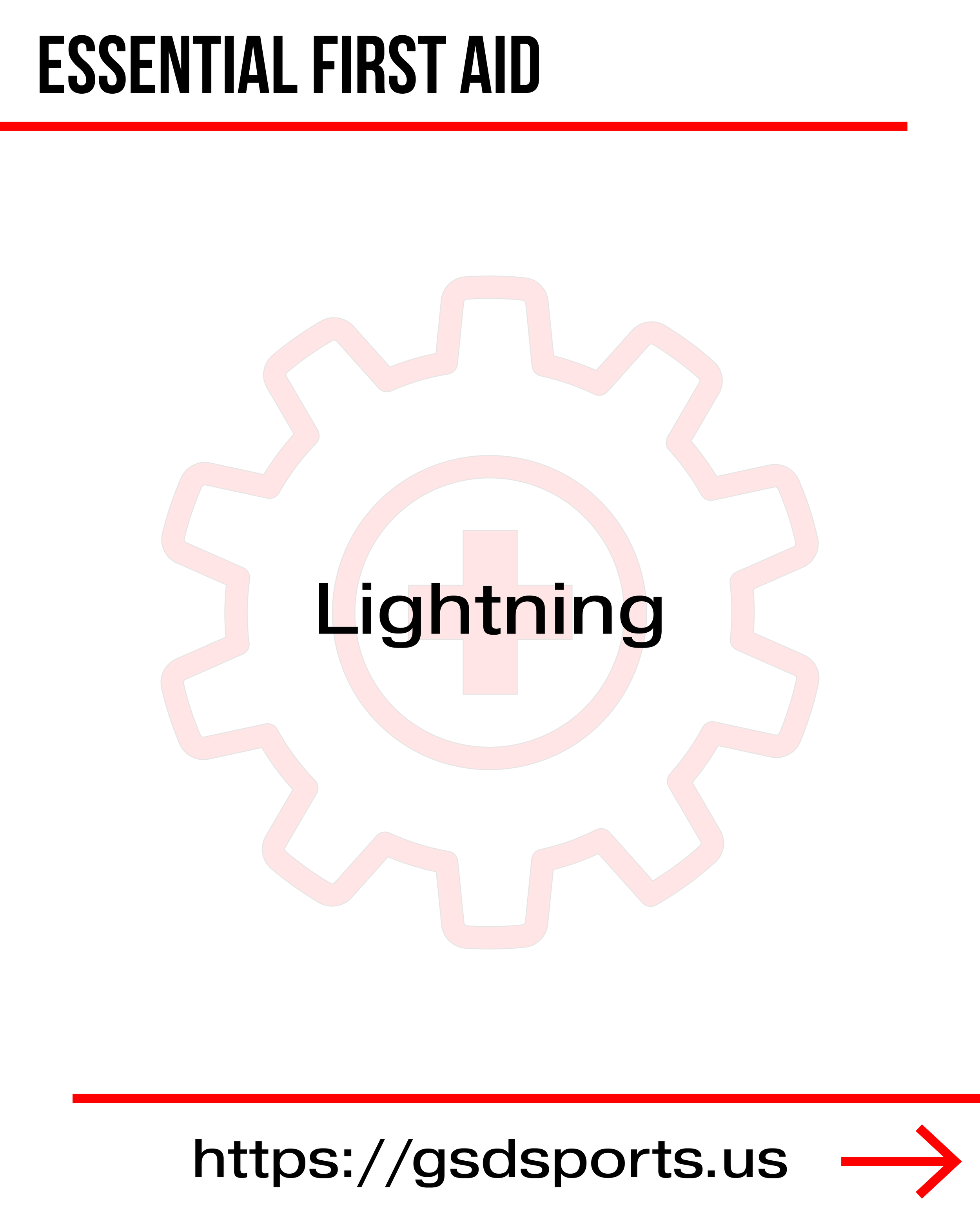Signs and Symptoms
Mild: the “umbles”
fumbles, grumbles, mumbles, stumbles
Moderate:
Uncontrolled shivering
Confusion
Impaired judgement
Severe:
Shivering stops
Semiconscious or unconscious
Pulse and respiration slowed or absent
Handle person carefully
Replace wet clothing
Remove from cold
Warm by adding layers or blankets
Warm with warm water bottles or another person’s body heat
Give simple carbs; no alcohol
If Severe:
Warm slowly. If you warm quickly, cold blood may be sent to the heart, shutting it down.
Perform CPR if needed.
Call Emergency Services
Hypothermia - care
Heat Cramps
Muscle spasms
Pain in legs and/or abdomen
Heat Exhaustion
Sweating
Tired
Headache
Nausea
Elevated Heart Rate
Heat Stroke
Change in level of consciousness
Stop sweating
Skin hot and dry
Seizures
Signs and Symptoms
Heat Cramps
Move to cooler location
Give electrolyte/carb-rich drink such as Gatorade or Orange Juice
Heat Exhaustion (In addition to above)
Wet person
Loosen clothing
Heat Stroke (In addition to above)
Submerge person to neck in cold water or drench as much as possible
Monitor ABCs
Hyperthermia - care
Caused by cardiovascular stress
Disorientation, anxious, or restless
Lethargy
Rapid and weak heart rate
Rapid and shallow breathing
Pale, cool, clammy skin
Nausea
Signs and Symptoms
shock - care
Keep person calm and assured
Keep person in position of comfort
Maintain normal body temperature with blankets or ice packs
Monitor ABCs
Small sips of fluids or small bits of food
Before submersion:
Panicked breathing
Body vertical and no forward progress
Arm and leg movements are uncoordinated
After submersion:
Unconsciousness
Slowed or absent pulse and/or respiration
Signs and Symptoms
Before submersion:
Throw or reach with a flotation device.
Do not approach an active drowning victim. They will likely grab you for support and bring you down too.
After submersion:
Place person on back with opened airway.
Contact EMS if needed.
Perform CPR if needed and if trained for in-water CPR.
Remove person from water as soon as possible.
Continue to monitor vitals.
submersion- care
Due to lack of O2
Headache
Loss of appetite
Nausea
Insomnia
Unsual weariness
rapid heartbeat
Fluid may collect around the brain causing: High-altitude cerbral edema (HACE) which can cause seizures and irregular movement.
If fluid collects around the lungs, it causes: High-altitude pulmonary edema (HAPE) leading to breathing difficulties.
Signs and Symptoms
Stop ascending and rest 24 hours
If symptoms are severe, descend to a lower altitude
Keep hydrated and fed
Give aspirin or Tylenol for headache
For HACE or HAPE:
Descend immediately 1000 ft
Use portable barometric chamber if available or
Provide emergency O2 if available
Never ascend to extreme altitudes without a plan and essential supplies!
Altitude - care
Abdominal discomfort, especially in lower abs
Intermittent cramping
Nausea, vomiting, diarrhea
Serious illness:
Fever
Pain when moving
Pain in specific region of abdomen
Blood
Signs and Symptoms
Keep person hydrated. Include sufficient electrolytes if necessary (Gatorade or fruit drink work well).
Avoid fats, dairy, alcohol, and caffeine.
Give bland food items like crackers.
Seriousness illness:
Call 911 or poison control (or go for help).
Evacuate quickly.
Give only small sips of water.
Abdominal - care
Burn marks from entry to exit
Dazed or confused
Unconsciousness
Difficulty Breathing
Weak, irregular, or absent heartbeat
Signs and Symptoms
Treatment:
Cover burns loosely
Perform CPR if needed
Use AED if possible
Prevention:
Move to lower ground
Squat on insulated material (or just in your shoes) but DO NOT lie down
Spread out from buddies and tall objects (trees
lightning - care
Types of Burns
Chemical (e.g., acid or base)
Electrical (e.g., power cable)
Heat (e.g., fire)
Radiation (e.g., sunlight)
First degree - outer layer of skin
Second degree - some parts of the dermis layer. Blisters.
Thrd degree - burn through all layers of skin down to the flesh or bones. Burn is white and leathery. (911 required).
Signs and Symptoms
In all cases:
Flush with cool (not cold) water.
Do not pop blisters
Dress with burn gel and loosely-wrapped guaze 2x per day
Chemical burns (911 recommended)
Remove contaminated clothing
Electrical burns (911 recommended)
Monitor vitals. Perform CPR if needed
Heat burns
Do not remove melted material from the burn
Radiation burns
Hydrate







